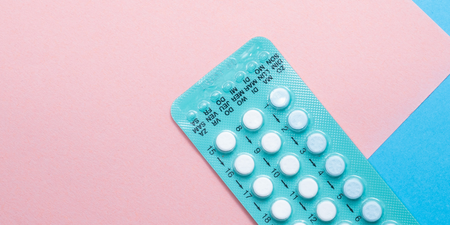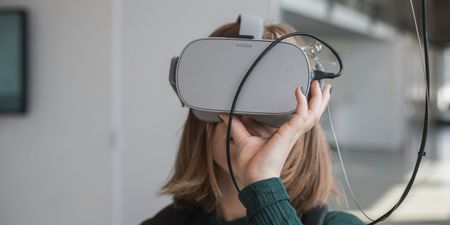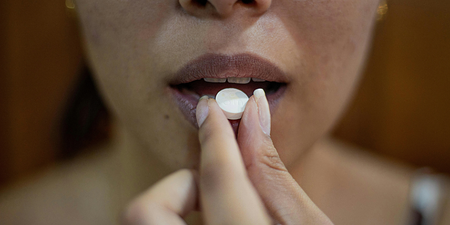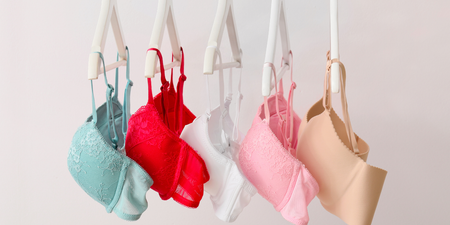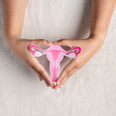Contraception and its many different forms are a talking point for women across the country. With so many different types on the market, coupled with the fact that every woman’s body is different, we take a closer look at all the options that are available to you.
Last week, we explained all the basic facts that you need to know about the Contraceptive IUS (intrauterine system) or Hormonal Coil including how it works and how effective it is.
Now, in the first of our two part series, we take a look at the Contraceptive IUD (intrauterine device) or non-hormonal coil.
___________________________________________
What is it?
The IUD is a small plastic and copper device that is inserted into your womb. This is carried out by your GP. The device can stay in the womb from five to ten years depending on the type.
How does it work?
The IUD is quite like the IUS that we looked at last week. However, it does not release the hormone progestogen like the IUS but instead releases copper.
Copper changes the make-up of fluids in the womb thus stopping sperm surviving . It also helps to stop fertilised eggs from implanting in the womb.
The IUD works as soon as it is put in.
How effective is it?
The higher the level of copper in the IUD, the more effective it is. IUDs with more copper are more than 99% effective.

What are the advantages?
As we always say, one of the main advantages of these forms of contraception is that you do not have to remember to take a pill every day.
On top of that, other advantages include that it works straight away after being fitted and can last up until 10 years (or until it is removed).
It does not interrupt sex and is not affected by other medicines.
Another advantage is that it does not contain hormones, therefore more women are able to use it.
What are the disadvantages?
The main disadvantage of the IUD is that your periods may get heavier, longer and sometimes may become more painful. This should improve after a few months.
Remember that an IUD does not protect against STIs so you will have to use condoms as well. If you contract an STI while having an IUD fitted it may lead to a pelvic infection.
What are the side effects?
As previously mentioned, women may experience a change in their menstrual cycle usually within the first three to six months. There may also be a possibility of vaginal bleeding or spotting between periods. Some women may experience a change in their mood and their libido, but these are often marginal.

Will it make me fat?
There is no evidence to support the fact that the IUD can affect weight.
Will it increase my risk of cancer?
Again, there is no evidence to support that the fitting of an IUD will increase the risk of cancer of the cervix, ovarian cancer or endometrial cancer.
When can it be fitted?
The IUD can be fitted at any stage during your cycle as long as you are not pregnant. You will be protected against pregnancy as soon as it is fitted. An examination and tests for infections may be carried out before your GP will fit the device.
It can take up to 20 minutes to fit the device. The process can be quite uncomfortable and sometimes it can be painful. You may be prone to bleeding and pain for a few days afterwards. Your GP or nurse will go through all of this with you beforehand.
After three to six weeks, you will need to get your IUD checked by the doctor again. If you have had any problems or experienced any difficulties in this time frame you should discuss it with your doctor then.






